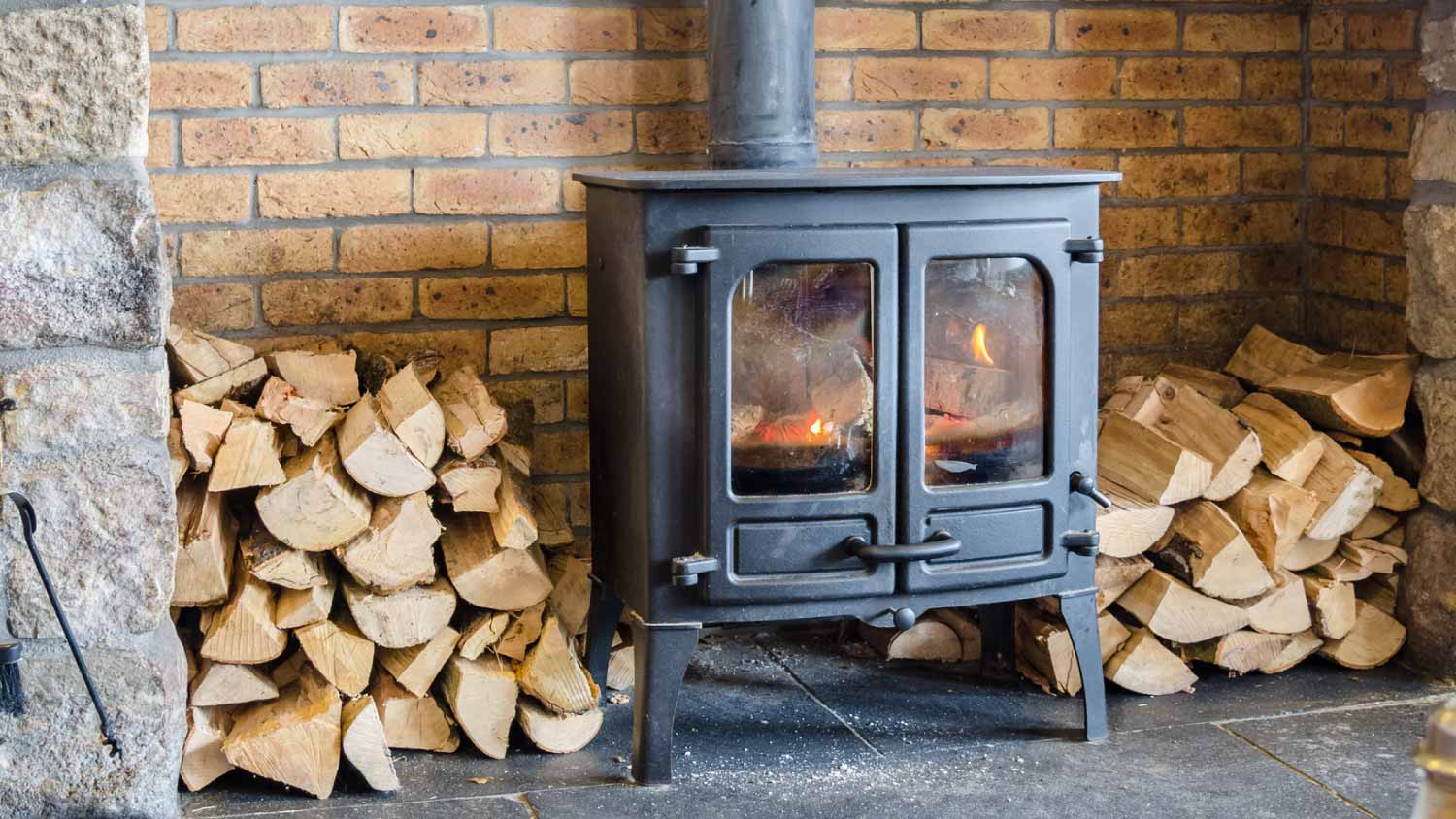Why Is My Dishwasher Flooding? 5 Common Problems and Solutions
Your dishwasher should clean up after you—not the other way around
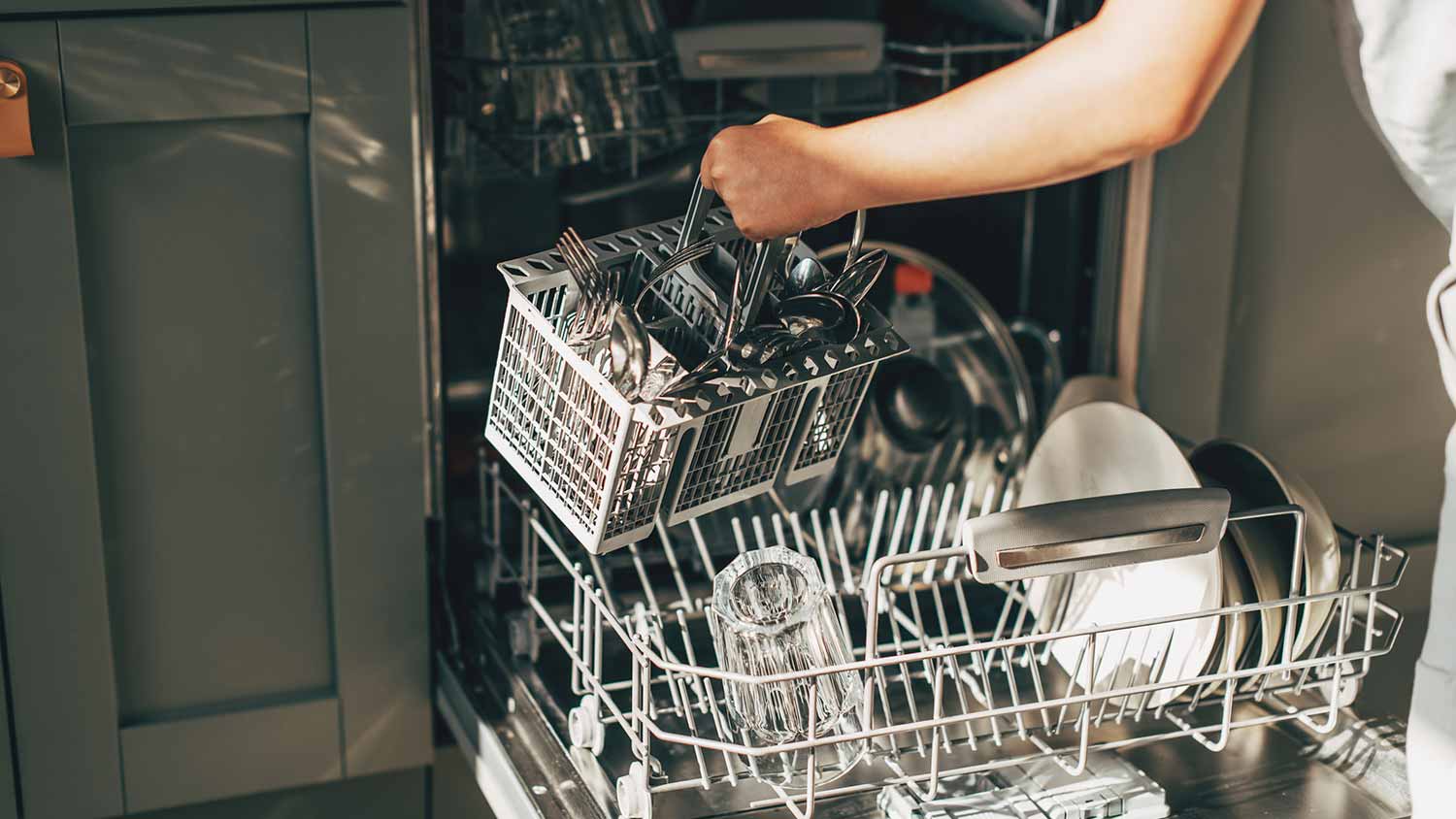

If your dishwasher is flooding, it could be because you’re overfilling it.
Other common causes of dishwasher flooding include clogged filters, damaged door latches, and loose gaskets.
Your dishwasher can overflow if it’s not level or the drain hose is loose.
Many of these issues—including overfilling and clogged filters—are easy to address.
Hiring a pro to repair a dishwasher usually costs between $160 and $300.
After whipping up a tasty home-cooked meal, the last thing you want to see is your dishwasher flooding. But unfortunately, this is a common occurrence that can happen for a number of different reasons, including overfilling and clogged filters. Here are five of the main causes and their solutions.
1. Overfilling
It’s tempting to load your dishwasher to the brim to clean as many dishes as possible at the same time. But if you pack your dishes too densely, it’s harder for the water to circulate and drain properly, which can lead to dishwasher flooding.
How to Fix It
There’s an easy solution here: Don’t overcrowd your dishwasher. You should also make sure not to stack dishes or block the spray arms. In addition, using too much or the wrong type of detergent can also cause your dishwasher to flood. For more specific advice on how to use your particular dishwasher, check your manufacturer’s instructions.
2. Clogged Filter
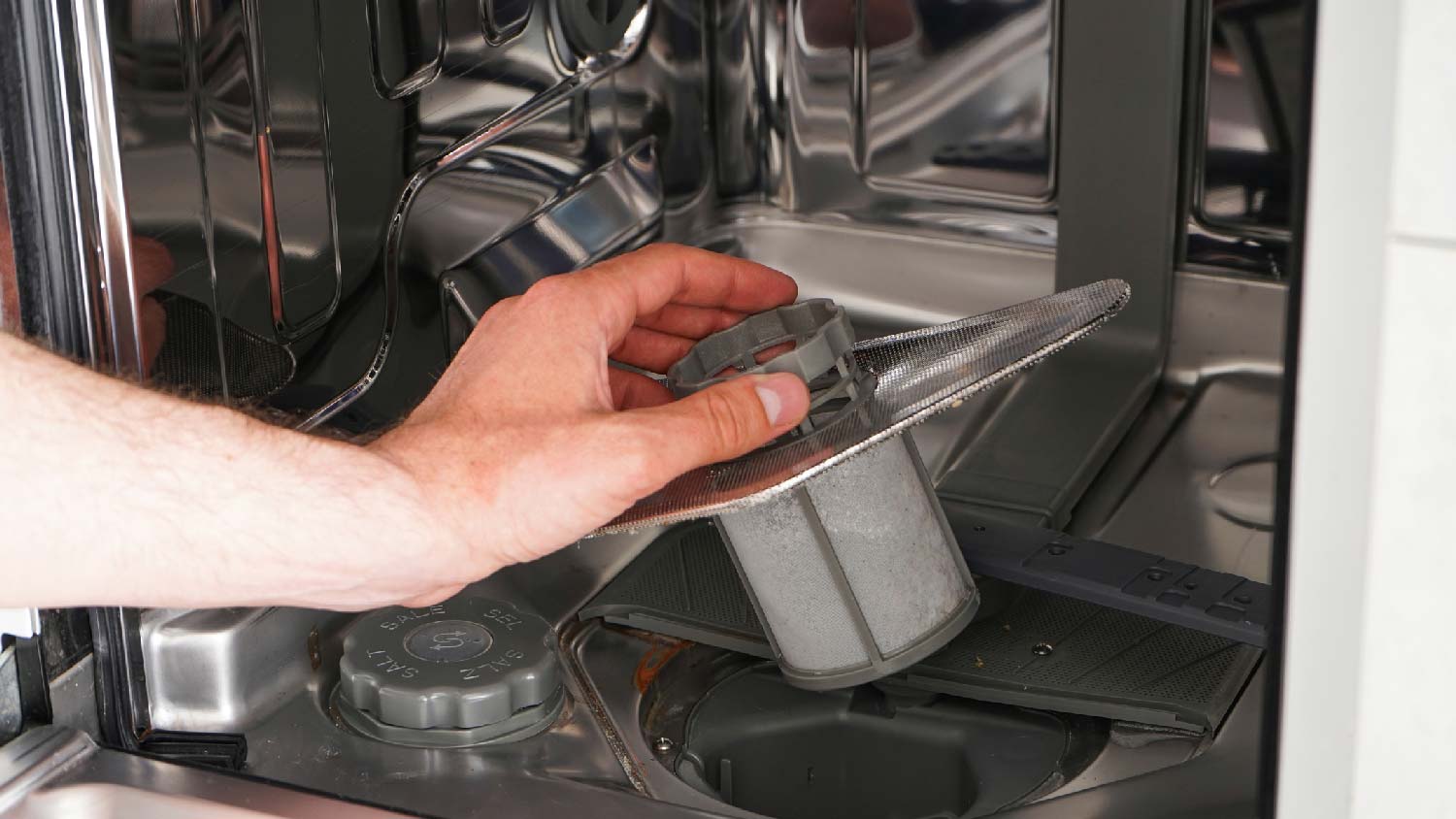
Your dishwasher’s filter collects food particles, grease, and other solids so they don’t clog your drain. However, if the filter gets full, it can block the drain and cause water to back up inside your dishwasher, eventually leading to flooding.
How to Fix It
Periodically empty the filter and clean it with soap and water to get rid of any remaining residue. If you aren’t sure where to find the filter, check your user manual.
3. Damaged Door Components
If your dishwasher door latch is bent or broken, your dishwasher won’t close properly, and water can escape. This can also happen if the door’s rubber seal—also known as the gasket—is loose or damaged.
How to Fix It
Inspect the door latch for any signs of damage. In some cases, you can use a screwdriver to tighten a loose latch or straighten out a bent latch. But if it’s completely broken, you’ll need to order a replacement part and swap it out (or hire a local dishwasher repair pro to do it for you).
If the gasket is the problem, you might notice obvious signs of wear and tear, like stretching or cracks. You can also test the gasket by closing the dishwasher door on a piece of paper. If it slides out easily, the gasket isn’t creating a tight enough seal and should be replaced. Here’s how:
Remove the old gasket.
Clean any residue with mild soap and warm water.
Using a hair dryer on low heat, warm up the new gasket to get rid of any creases.
Press the new gasket onto the door, making sure not to stretch it.
4. Dishwasher Isn’t Level
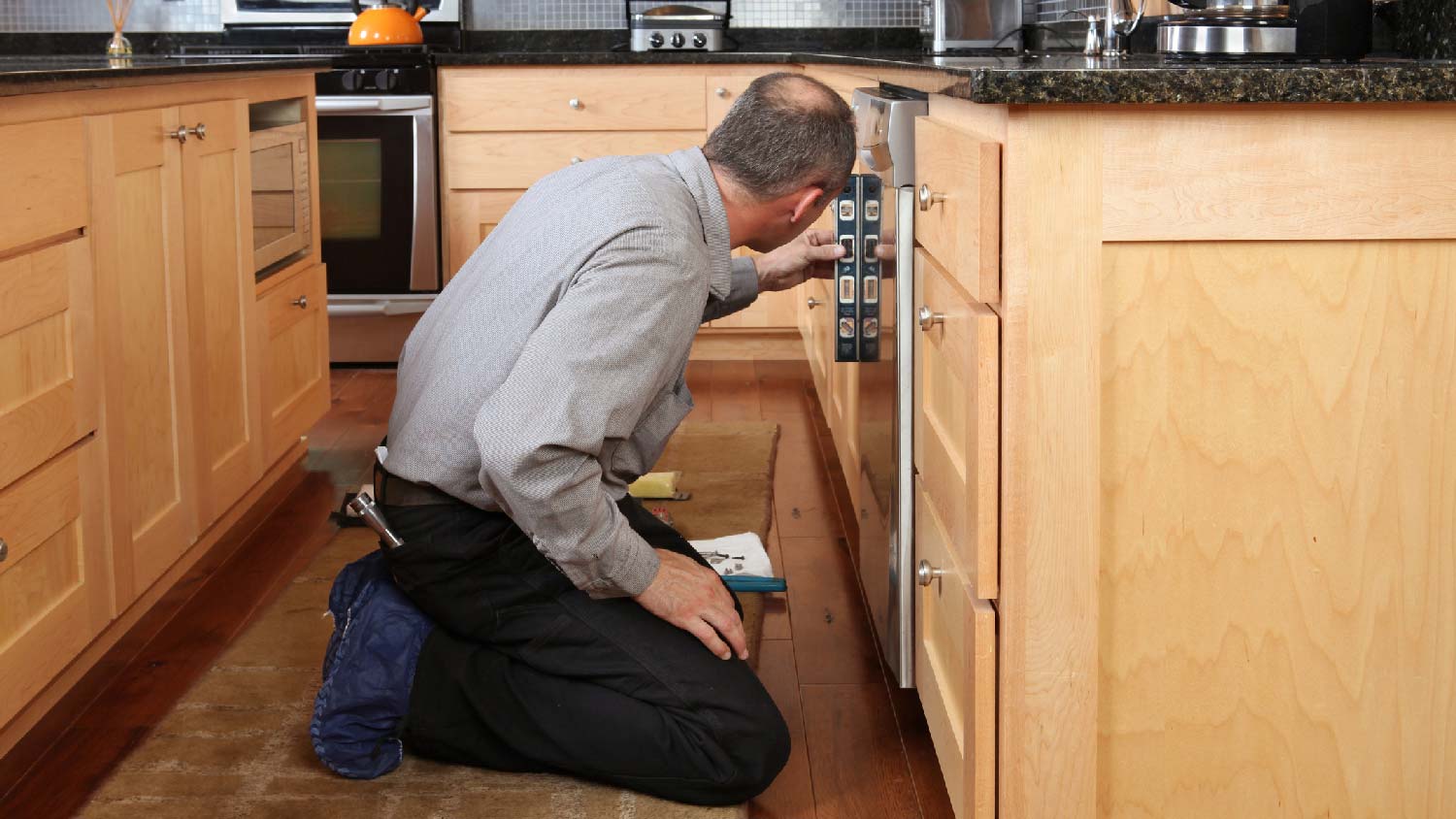
When installing a dishwasher, it’s important to make sure it’s level. Otherwise, if it’s tilted, water can pool on that side and leak onto your floor.
How to Fix It
First, you’ll need to test if your dishwasher is level—and if not, adjust it accordingly. Here’s how:
Disconnect the power to the dishwasher.
Shut off the water supply to the appliance.
Use a screwdriver to remove the toe kick and access panel at the bottom of the dishwasher.
Place a level inside the dishwasher, both vertically and horizontally.
If it isn’t level, adjust the front and back legs (for vertical leveling) or right or left legs (for horizontal leveling).
Once you’ve adjusted the dishwasher legs to be level, check that the door can close properly.
Reassemble the dishwasher and turn the power and water back on.
5. Cracked, Loose, or Clogged Drain Hose
After circulating through your dishwasher, the dirty water exits through the drain hose. But if the hose is cracked or loose, it can leak water. Similarly, a clogged hose won’t drain effectively, which can lead to water collecting inside your dishwasher and seeping out onto the floor.
How to Fix It
Turn off the power to the dishwasher.
Shut off the water to the appliance.
Use a screwdriver to remove the access panel at the bottom of the dishwasher.
With a flashlight, inspect the hose for damage. If you find any, you’ll need to replace it.
If you don’t see any damage, gently move the hose to see if it’s loose. If so, you can tighten it.
To test for a clog, disconnect the hose fastener with a screwdriver and fill the bottom of the dishwasher with water to see if it passes through the hose. If not, you have a clog.
To unclog the hose, push a bottle brush or straightened wire hanger through it. Be careful not to perforate the flexible hose material.
Reattach the hose and access panel.
Turn on the power and water supply.
Run a rinse cycle with hot water to get rid of any leftover debris.
When to Call a Pro
If you’ve tried these DIY-friendly dishwasher repairs but your dishwasher is still flooding, consider calling a professional. There could be an issue with one of your dishwasher’s more technical components, like the float switch or water inlet valve, and those types of repairs are best left to the pros.
Frequently Asked Questions
To get rid of standing water in your dishwasher, first try activating the drain mechanism by pressing and holding the cancel button for at least three seconds. If that doesn’t work, you’ll need to do some troubleshooting to drain the standing water from the dishwasher. This will involve shutting off the power, then scooping out the water, cleaning the drain filter, and clearing the air gap. You’ll also want to run the garbage disposal and check the drain hose for clogs.
Yes, you can use vinegar to unclog a dishwasher. To do so, combine 4 tablespoons of white vinegar with 4 tablespoons of baking soda and pour the mixture down your dishwasher’s drain. Let it sit for 15 minutes, then pour a cup of hot water down the drain to flush everything out. Finally, run a rinse cycle on your dishwasher to see if the clog is gone.


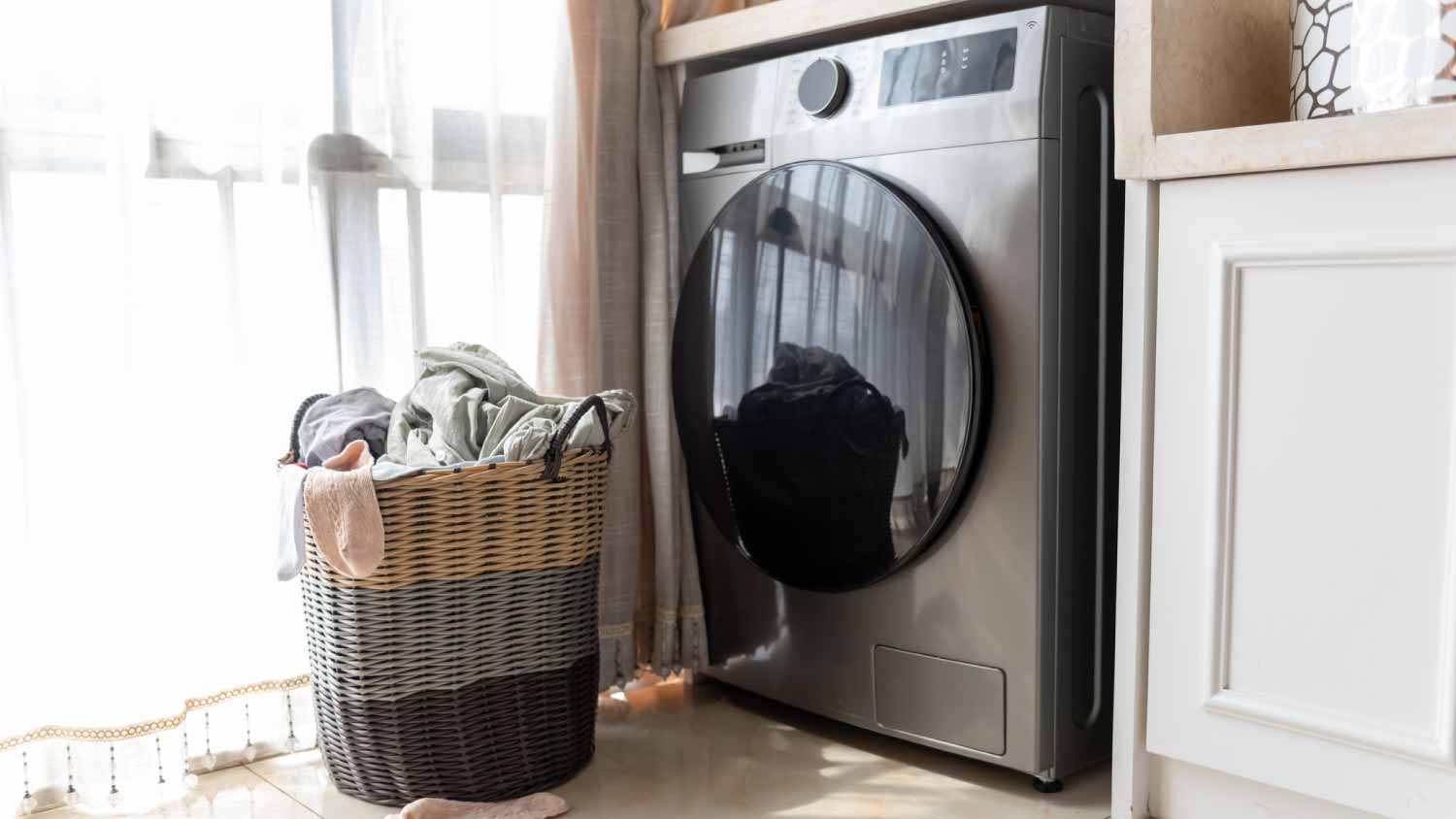
.jpg?impolicy=leadImage)

- Appliance Repair Companies
- Washing Machine Repair
- Dryer Repair
- Refrigerator Repair
- Dishwasher Repair
- Oven Repair
- Wood & Pellet Stove Repair
- Freezer Repair Services
- Wood Stove Services
- Gas Stove Repair
- Emergency Appliance Repair Companies
- Ice Maker Repair
- Gas Appliance Repair
- GE Appliance Repair
- GE Refrigerator Repair
- GE Dryer Repair
- GE Dishwasher Repair
- GE Washing Machine Repair
- Samsung Appliance Repair
- Samsung Refrigerator Repair
- Samsung Dryer Repair
- Samsung Washer Repair
- Samsung Dishwasher Repair
- Samsung Oven Repair
- Whirlpool Repair
- Whirlpool Refrigerator Repair
- Whirlpool Washer Repair
- Whirlpool Dryer Repair
- Whirlpool Oven Repair
- Maytag Appliance Repair
- Maytag Refrigerator Repair
- Maytag Washer Repair
- Maytag Dryer Repair
- Maytag Dishwasher Repair
- Kitchenaid Appliance Repair
- Kitchenaid Oven Repair
- Kitchenaid Refrigerator Repair
- Kenmore Appliance Repair
- Kenmore Dishwasher Repair
- Kenmore Washer Repair
- Kenmore Dryer Repair
- LG Refrigerator Repair
- Bosch Appliance Repair
- Kenmore Refrigerator Repair
- LG Appliance Repair Services
- GE Microwave Repair
- Electrolux Appliance Repair
- Electrolux Washer Repair
- Kitchenaid Dishwasher Repair Services
- Wood Stove Inspection
- Dishwasher Installation
- Trash Compactor Repair



